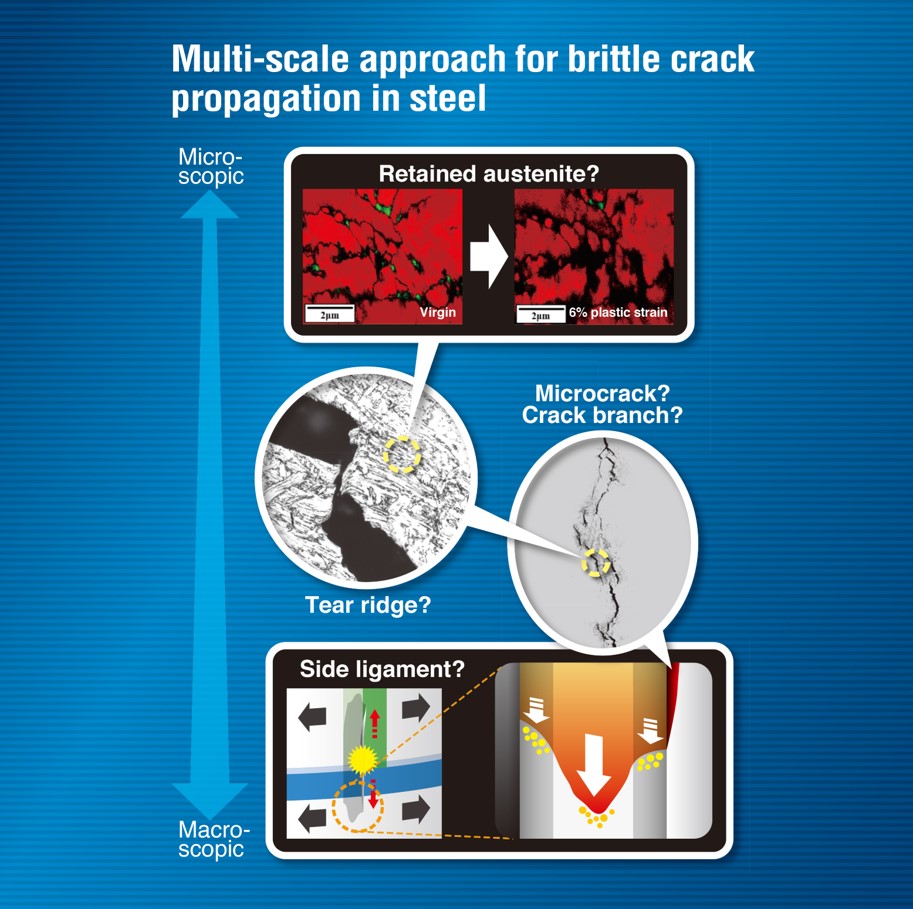Faculty

Networking for Artifact
KAWABATA Tomoya
- Position
- Professor
- Affiliation
- Department of Systems Innovation,Faculty of Engineering,The University of Tokyo
- Keyword
- Hydrogen society, Steel material, Fracture mechanics, Natural gas, Pipeline, Storage tank, Earthquake
- kawabata(at)fract.t.u-tokyo.ac.jp※Please replace (at) with @ and send mail.



Realization research of liquefied hydrogen, high-pressure hydrogen and ammonia transport and storage systems in the energy supply chain supporting a low-carbon society.
Research on social implementation of liquefied hydrogen, high-pressure hydrogen, ammonia and liquefied carbon dioxide transport and storage tank systems. Proposal of optimal materials with high international competitiveness. Clarification of fracture driving forces by Best Estimate analysis of structures subjected to severe earthquakes. New solutions through coupled problems of SCC, fracture and weld mechanics. Fracture mechanism elucidation and material nanoscale microstructure design by combining state-of-the-art numerical simulation and experimental observation techniques.
New LNG storage system and advanced materials
The use of natural gas in a carbon-neutral society should change. The laboratory examines the natural gas policies that should be taken in the future, such as methanation and hydrogen blending, as well as the requirements for new LNG storage and transport systems and cryogenic materials to be used, and consults with various players in the energy gas field (government, trading companies, owners, engineers, fabricators and material manufacturers) to propose designs and material combinations that are economically rational. Consultations are held with various players in the energy gas field (governments, trading companies, owners, engineers, fabricators, material manufacturers) to propose designs and material combinations that excel in economic rationality.
Deeper understanding of steel fracture process and prediction technology
Steel materials are the most abundant metal resources on earth and will continue to be the most important structural materials in the future. Human being has experienced many massive failure accident and has a history of struggling to prevent it. However, due to the complexity of the metal structure, a complete understanding of the destruction phenomenon has not been reached. We will establish an innovative fracture mechanics models that take into account new microscopic perspectives and obtain development guidelines for next-generation advanced materials.





